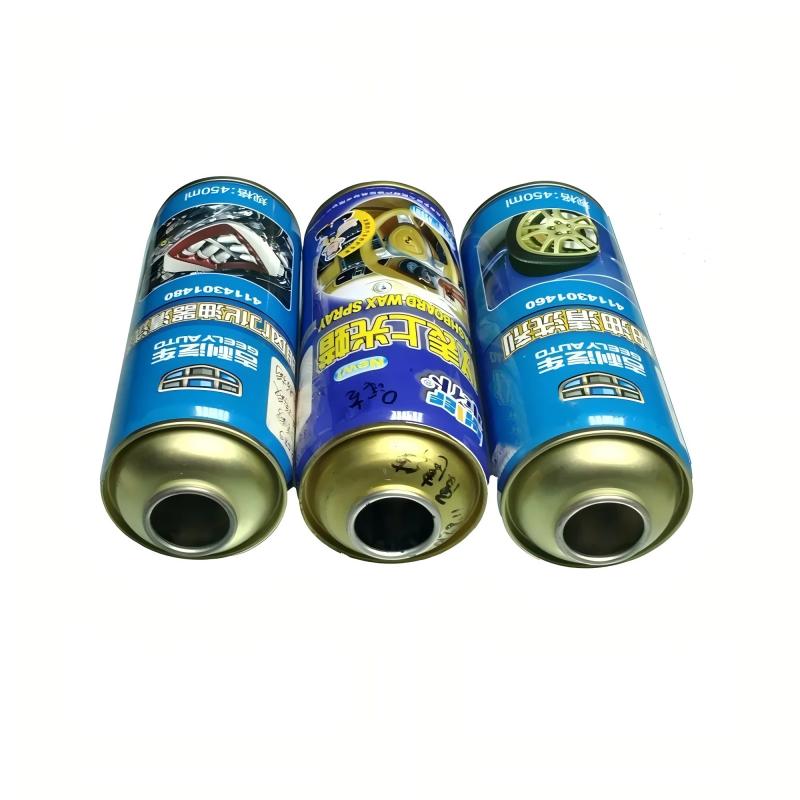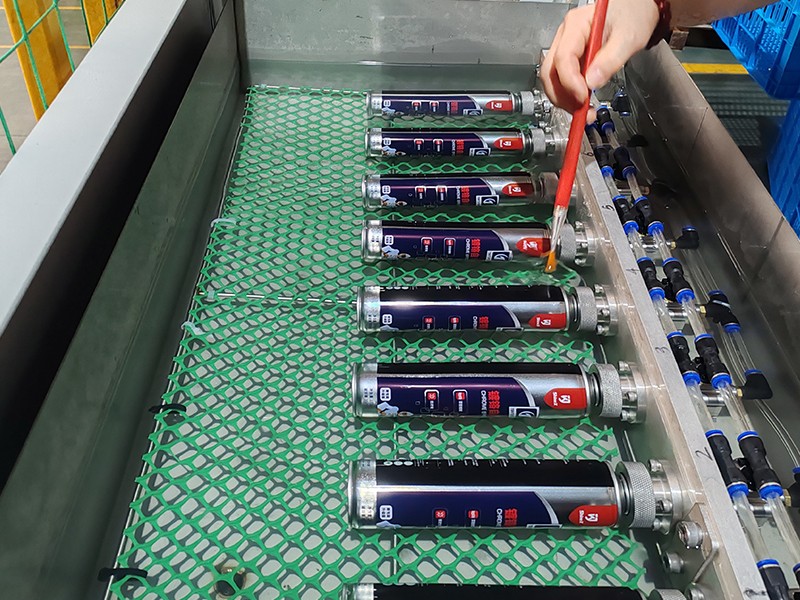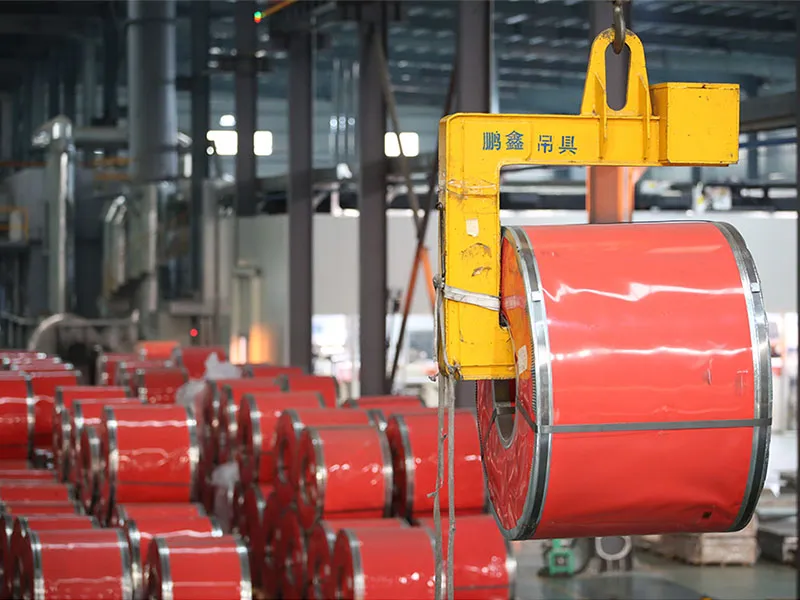Metal aerosol cans are widely used in daily life, industry and medicine around the world. Their convenience and sealing performance make them popular among consumers and manufacturers. At the same time, the environmental and health problems caused by metal aerosol cans due to the compressed gas and chemical components they contain have also attracted much attention. Especially in Europe and America, many policies and regulations impose strict restrictions on their use and production.
So, do European and American countries really ban the use of aerosol tin cans? What factors lead to these restrictions? This article will start with the characteristics of aerosol tin cans and their impact on the environment, and analyze the legislation of European and American countries on the use and management of aerosol cans to answer readers' questions about the ban on aerosol tin cans.

What are aerosol tin cans?
1. Structure and composition of aerosol tin cans
Aerosol cans are a sealed metal container, usually made of aluminum or tinplate, filled with a mixture of compressed gas or liquefied gas and product solution. Common products include detergents, pesticides, deodorants and cosmetics. Aerosol tin cans are equipped with a valve on the top. By pressing the valve, the gas inside atomizes and sprays the contents, which is convenient for users to use.
2. Potential harm of aerosol cans to the environment
The propellants in metal aerosol cans are mostly chlorofluorocarbons (CFCs), liquefied petroleum gas (LPG) and carbon dioxide. In the early days, chlorofluorocarbons were widely used in the propellants of aerosol tin cans, but chlorofluorocarbons have a great destructive effect on the ozone layer. Although relatively safe liquefied petroleum gas and carbon dioxide are currently used, the use of aerosol cans still brings about greenhouse gas emissions, air pollution and other problems.
In addition, metal aerosol cans are disposable consumer products, and large amounts of waste will increase the burden on landfills. Therefore, the structure and composition of aerosol tin cans determine that their impact on the environment is an important issue of global concern.

Do European and American countries have a ban on aerosol tin cans?
1. Aerosol tin cans management policy in Europe
In Europe, the use of aerosol tin cans is strictly controlled, but not completely banned. The European Union signed the Montreal Protocol as early as 1987, and then gradually restricted the use of chlorofluorocarbons (CFCs), and completely banned the use of CFCs in aerosol tin cans propellants in 1990. In addition, the European Union has also issued the Packaging and Packaging Waste Directive, which requires the production and use of metal aerosol cans to comply with environmental standards and requires manufacturers to use recyclable materials and reduce harmful substances.
In addition, in response to greenhouse gas emissions, some European countries, such as Germany and Sweden, impose environmental taxes on aerosol tin cans containing greenhouse gases, further suppressing their consumption. Especially for non-essential aerosol tin cans products such as cosmetics and pesticides, European consumers are being guided to use alternative packaging, such as reusable bottled sprays.
2. Restrictions and management of metal aerosol cans in the United States
In the United States, the use of aerosol tin cans is also not completely banned, but the Environmental Protection Agency (EPA) of the United States strictly regulates aerosol tin cans products containing greenhouse gases. The United States is also constantly improving the regulations on the use of aerosol cans propellants. As early as the 1990s, the EPA issued regulations prohibiting the use of ozone-depleting chlorofluorocarbons (CFCs) in aerosol cans propellants.
In addition, some state governments in the United States have also implemented stricter regulations on the production and sale of aerosol cans. For example, California not only prohibits the use of certain highly polluting propellants, but also sets standards for the VOC (volatile organic compound) content of aerosol cans products to limit their emissions. In addition, the United States also proposed strict management of aerosol cans waste in the Solid Waste Management Act, requiring consumers to treat used aerosol tin cans as special waste to avoid problems such as fire or explosion caused by aerosol tin cans.

Why haven't European and American countries banned metal aerosol cans completely?
1. The convenience of use makes aerosol tin cans still in high demand
The convenience of aerosol cans makes it play an important role in daily life in European and American countries. For example, in detergents, pesticides and personal care products, the fine spray function of aerosol tin cans can effectively improve the efficiency of use and reduce waste.
In addition, aerosol tin cans are also widely used in the medical field, such as aerosol drugs used by asthma patients, whose rapid inhalation effect is crucial for patients. Therefore, due to product functionality and convenience of use, metal aerosol cans still have a wide market demand in European and American countries.
2. The development of alternative technologies and products is not yet mature
Although environmentally friendly alternative packaging is constantly developing, there are relatively few alternatives that can compete with aerosol tin cans in the spray market. For example, alternative products such as pump spray bottles and bag-in-bag aerosol cans have shown good results in some applications, but they still cannot completely replace traditional aerosol tin cans in terms of sealing, spray effect and cost.
At the same time, some alternative products have high requirements for production processes, resulting in high prices, which to a certain extent limits their large-scale popularization.
3. The development of recycling systems supports the continued use of aerosol cans
European and American countries have established a complete recycling system for the treatment of discarded aerosol cans to reduce the impact of aerosol tin cans on the environment. For example, within the EU, discarded aerosol cans are classified as "special waste", and consumers can hand them over to professional organizations for recycling through the garbage classification system.
The United States also has waste management laws for discarded metal aerosol cans to ensure that aerosol tin cans are properly recycled and disposed of, thereby reducing negative impacts on the environment. The existence of these systems provides certain environmental guarantees for the continued use of aerosol tin cans.
What are the environmental and health risks of the use of aerosol tin cans?
1. Environmental pressure caused by greenhouse gas emissions
The propellants and contents in aerosol tin cans will produce greenhouse gases, especially aerosol tin cans containing liquefied petroleum gas will release a large amount of volatile organic compounds (VOCs) during use and disposal. These substances damage the ozone layer and further aggravate the greenhouse effect. Therefore, although European and American countries have not completely banned metal aerosol cans, their greenhouse gas emissions are still the focus of environmental departments.
2. Potential risks of chemical components to human health
Some chemical components in metal aerosol cans, such as solvent components in detergents, may pose a threat to human health. Consumers who inhale chemical components in aerosol tin cans for a long time may cause respiratory problems, especially aerosol cans products containing carcinogens such as benzene. Therefore, when using aerosol tin cans, European and American countries often make safe use recommendations, such as avoiding use in confined spaces to reduce harm to the body.
3. Safety risks of aerosol cans after disposal
Discarded aerosol tin cans may still contain residual compressed gas or flammable chemicals, which may cause explosions or fires if not handled properly. In addition, when disposing of discarded aerosol cans, European and American countries need to classify them as special waste and recycle them through special channels to ensure that the compressed gas and chemicals in aerosol cans do not harm the environment or human safety.

How do European and American countries regulate the safe use of aerosol cans?
1. Limit the use of harmful chemical ingredients in aerosol cans
European and American countries strictly control the chemical ingredients used in aerosol tin cans. For example, in the United States, the California Air Resources Board (CARB) limits the content of VOCs in aerosol cans to reduce the impact on air quality. At the same time, the European Chemicals Agency (ECHA) has also proposed limit standards for harmful chemicals in aerosol tin cans products to ensure the health and safety of consumers.
2. Encourage consumers to properly dispose of discarded metal aerosol cans
The recycling of aerosol tin cans is also a focus of attention in Europe and the United States. In the European Union, consumers are encouraged to put metal aerosol cans into the recyclable waste classification system and hand them over to specialized agencies for disposal. In the United States, consumers must ensure that there are no residual chemicals in metal aerosol cans before they can put them in special waste recycling points. This management method reduces environmental pollution while also reducing the risk of accidents during the recycling process.
3. Strengthen consumer education to avoid misuse
European and American countries focus on educating consumers on how to use aerosol cans safely through label warnings and safety publicity. For example, the labels on aerosol tin cans must indicate precautions such as "keep away from fire" and "avoid high temperature environments" to reduce safety accidents caused by misuse. In addition, some supermarkets and retailers in Europe and the United States will also use publicity signs to remind consumers of safety issues when using metal aerosol cans.
Why choose Dekai as your metal packaging supplier?
Dekai is one of Guangdong’s largest metal packaging manufacturers. Our modern factory, spanning 50,000m², is equipped with advanced automated lines—FUJI PRIMEX-P453 UV printing, two-color tinplate printing, aerosol can assembly, sheet can production, lid stamping and cutting. We produce over 300 million coated and printed items annually, plus over 300 million aerosol cans.

